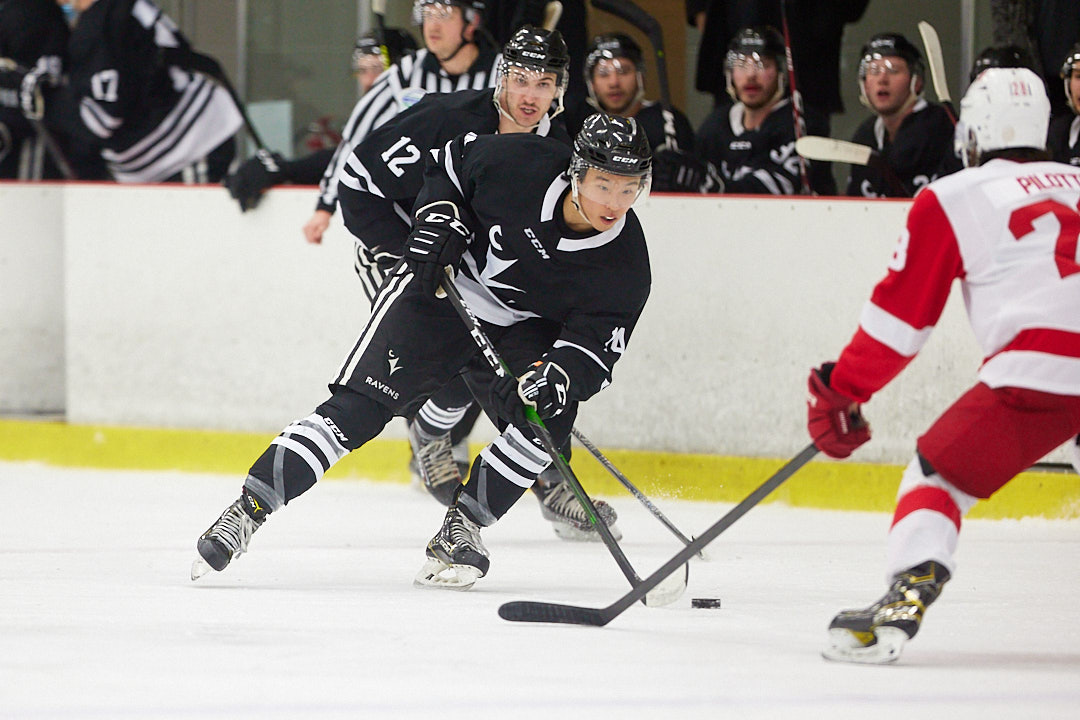AUS Fan
Registered User
The reason that UNB dominates this site is because there are more of them than all the other CIS teams combined.This commitment got me thinking - a lot of this thread is from a UNB/AUS perspective, where many top CHL grads end up. Parsons, for instance, would have been on the radar of many top-level USports programs.
But it'll be interesting to see if the D1 opportunities are also there for the major junior OAs that are maybe less-heralded (for instance, a third-line grinder or a goalie who makes 25 starts a year). As we know, these players are much closer in ability to players in Jr A (and even some Jr B leagues, like the GOJHL). So will those players simply become the ones that head east? Or will each program have to become more discerning to discover talent at every level?
The reality is that our league has a competitiveness problem: 25 of the past 26 UCup finals have included at least one of UNB, Alberta, or UQTR. No idea if this rule change will fix that problem (which, admittedly isn't a problem if you're a fan of one of those programs), but there is a world where this produces more parity nationwide.
The opportunity for parity has always been there. Any team can recruit any player. A big problem I see in the CIS is schools who can give "scholarships" and those schools who don't.
If the big fish leave CHL to go NCAA, then UNB, UofA and a few other schools will get the next best player, who in "normal" times would have gone to another school. The overall talent pool will be watered down, but it won't be noticeable because the other teams will get lesser players, as most do now, so the status quo will remain the same.


